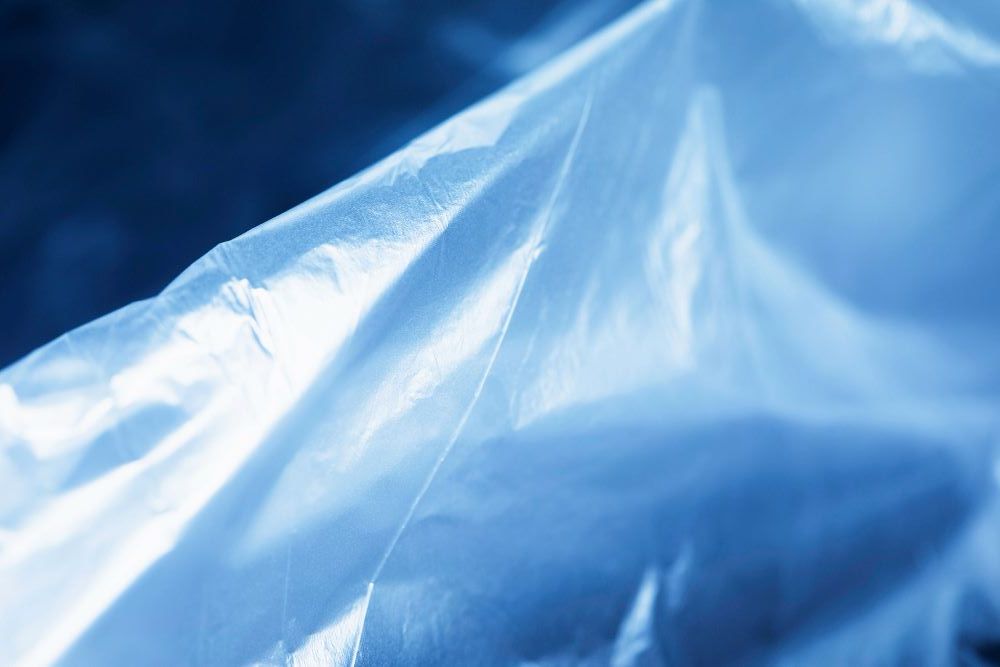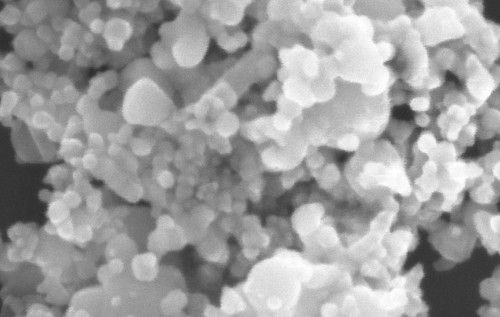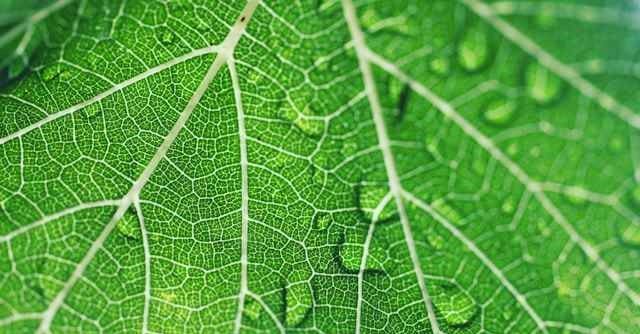How Nanoparticles Enable Biodegradable UV Protection
Nanotechnology is enabling the future of sustainable, high-performance UV-resistant materials.

UV radiation poses a significant threat to the stability and performance of materials exposed to sunlight—whether it’s packaging films, textiles, coatings, or outdoor plastics. Traditional UV-blocking technologies often rely on synthetic additives or metal oxides embedded in petroleum-based plastics, many of which are not biodegradable and may raise environmental or health concerns.

But a new generation of biodegradable UV protection is emerging powered by nanoparticles. These novel materials combine natural polymers and advanced nanotechnology to create a solution which is both sustainable and effective.
Why We Need Biodegradable UV Protection
Conventional UV-absorbing materials, such as those using titanium dioxide (TiO₂) or zinc oxide (ZnO), are effective but often non-biodegradable. Furthermore, concerns have been raised about the potential toxicity of metal oxide nanoparticles, particularly in sunscreens and food packaging.
In contrast, biodegradable UV-protective materials aim to reduce microplastic pollution, lower environmental impact, and provide safer alternatives for use in sensitive applications—such as food packaging, agricultural films, or personal care.

At the heart of this shift are functional nanoparticles derived from biomass, plant waste, or engineered nanocomposites—delivering UV protection without compromising biodegradability.
How Nanoparticles Block UV Light
Nanoparticles can protect against UV radiation in several ways:
· Absorption: Certain nanomaterials absorb harmful UV rays due to their chemical structure or electronic bandgap.
· Scattering and reflection: Nanoparticles can reflect or scatter UV light due to their size and surface characteristics.
· Photoluminescence: Some nanoparticles convert UV radiation into harmless visible light.
· Encapsulation: Nanocarriers can stabilise and protect embedded UV-absorbing compounds, reducing photodegradation.
The performance depends on particle size, shape, dispersion, and surface chemistry, all of which can be tuned during synthesis.
Key Biodegradable Nanoparticles for UV Protection
1. Lignin Nanoparticles (LNPs)
Lignin—a natural polymer found in plant cell walls—has inherent UV-blocking properties thanks to its phenolic structures. When processed into nanoparticles, it can be blended into biodegradable polymers like polylactic acid (PLA) or polybutylene adipate terephthalate (PBAT).
For example, a recent study published in the journal Nature, found that, “… lignin nanoparticles (LNPs) extracted from rice straw-derived black liquors, a by-product of various pulping processes, … [were used in] nanocomposites which demonstrated enhanced UV-blocking efficiency with increasing LNP loading (1–5 wt%), achieving up to 99.9% shielding in the UVC (200–280 nm) and UVB (280–320 nm) regions.”

This is clear evidence that lignin can be used to make nanoparticle feedstocks which offer UV protection while also providing antioxidant properties and reinforced mechanical strength. Furthermore, it can also be employed in films which degrade naturally in soil or seawater, making it ideal for sustainable packaging and agricultural uses.
2. Biopolymer Nanogels and Chitosan Nanoparticles
Chitosan—a natural biopolymer from crustacean shells—can be processed into nanoparticles or nanogels that encapsulate UV filters or active agents. These systems are biocompatible, antimicrobial, and can be tuned for controlled release, making them ideal for cosmetics or skincare.
In one piece of research published by the Royal Society of Chemistry, nanotechnology specialists describe how, “Facile, flexible and highly transparent nanocomposite films were synthesized via a solution casting approach by incorporating MXene nanoparticles into chitosan (CS) films and exhibited excellent UV and high-energy blue light absorbing ability.” Specifically stating that, “[The chitosan] composite films exhibited improved UV blocking performance: 99.55% of UV-A (320–400) nm, 100% of UV-B (280–320) nm, and 100% of UV-C (200–280) nm. Additionally, this film demonstrated exceptional absorption capabilities around 97.48% within the range of high-energy blue light (HEBL) (400–450 nm) radiation.”
It has also been noted that nanogels can enhance the stability and delivery of natural UV absorbers, further reducing the need for synthetic compounds.
3. Hybrid Nanoparticles in Green Composites
Some hybrid approaches incorporate inorganic UV-blocking nanoparticles (such as bismuth oxychloride, BiOCl) into biodegradable polymer matrices. For example, a recent study highlighted by AZoOptics described, “How researchers have shown that by gradually increasing the BiOCl content in LDPE films, the transmittance of UV-C radiation can be significantly reduced, from 50% in pure LDPE to just 5% in the modified films. This represents a remarkable 95% improvement in UV-blocking performance.”

Other nanotechnology innovations are also being explored, such as combining bamboo fibres, PLA, and lignosulfonate to create UV-resistant, biodegradable composites with potential for use in packaging, construction, and automotive applications.
Crucially, these nanotechnology breakthroughs are not limited to use in the laboratory but have real-world applications in manufacturing (textiles and coatings), polymer production (agricultural films, food packaging), and the cosmetics industry (biodegradable skincare and make up).
While sustainability for these products is a growing issue and sales point, some issues do remain before full circularity can be achieved. For example, the issue of regular nanoparticle dispersion is a critical concern, as uniform distribution is essential to ensure consistent UV protection and maintain the material’s mechanical integrity. There are also mechanical-optical trade-offs to consider. For example, incorporating UV-blocking agents can sometimes compromise transparency or flexibility, which is undesirable for applications like food packaging or wearable films. Additionally, cost and processing limitations continue to slow wider adoption, as green synthesis methods and scalable, biodegradable production technologies are still in relatively early stages of development.
Related articles: A Breakthrough in Polymer Nanocomposite Manufacturing or Nanotechnology: The New Force in EM Wave Shielding
However, the benefits of sustainability, reduced microplastic pollution, multifunctionality (many nanotechnologies also offer antioxidant, antimicrobial, or barrier properties) and scalable potential (using agricultural and forestry waste as feedstock), mean that these challenges are worth overcoming.
As research continues and industry interest grows, these nanomaterials have the potential to transform packaging, personal care, agriculture, and beyond—creating a more sustainable future without compromising performance.
Photo credit: Freepik, Manel Marco on Unsplash,Freepik, Freepik, & Flickr

